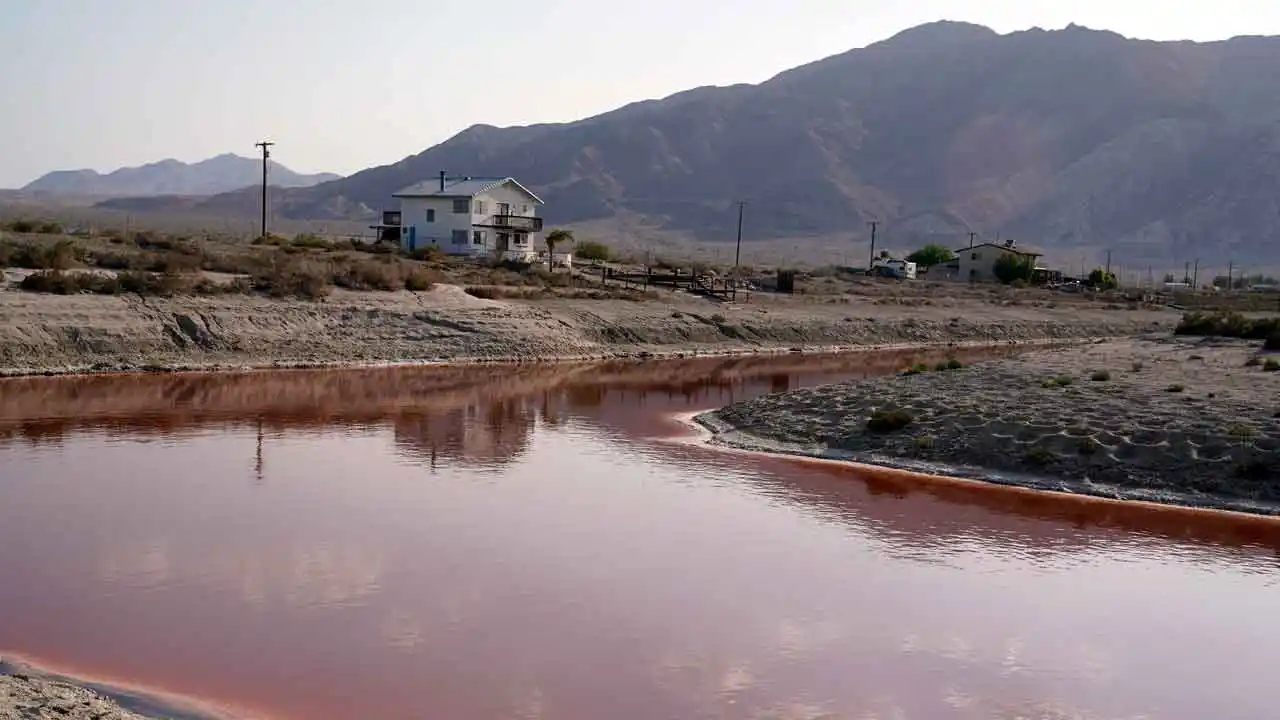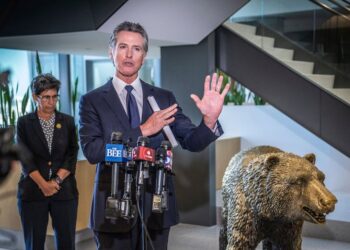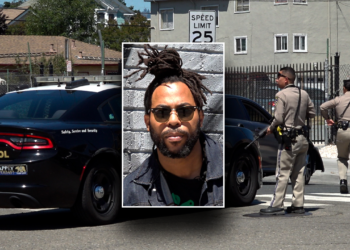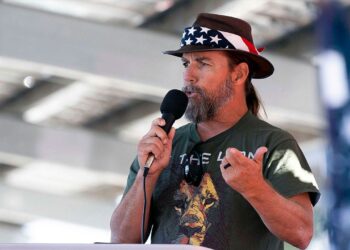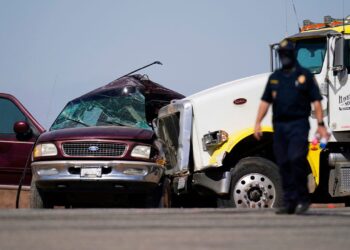For most of the year, California’s quest to rid itself of fossil fuels seems on track: Electric cars populate highways while energy from wind, solar and water provides much of the power for homes and businesses.
Then it gets hot, and everyone in the nation’s most populous state turns on their air conditioners at the same time. That’s when California has come close to running out of power in recent years, especially in the early evenings when electricity from solar is not as abundant.
Now, Democratic Gov. Gavin Newsom wants to buy massive amounts of renewable energy to help keep the lights on. The idea is to use the state’s purchasing power to convince private companies to build largescale power plants that run off of heat from underground sites and strong winds blowing off the coast — the kinds of power that utility companies have not been buying because it’s too expensive and would take too long to build.
“We laid out the markers on solar and wind, but we recognize that’s not going to get us where we need to go,” Newsom said during a news conference last week. “The issue of reliability has to be addressed.”
There’s a lot at stake, not just for the future of clean energy, but for Newsom himself. The Democratic governor, now in his second term and widely seen as a future presidential candidate, insists California will be carbon neutral by 2045. But this goal is often mocked in the summer when, to avoid rolling blackouts, state officials turn on massive diesel-powered generators to make up the state’s energy shortfall.
Demand for electricity in California has increased as the state takes step to move away from fossil fuels, including banning the sale of new gas-powered cars by 2035. California will need to add about 40 gigawatts of new power over the next 10 years, according to the California Independent Systems Operator, which manages the state’s power grid. One gigawatt is enough to power about 750,000 homes.
GAVIN NEWSOM’S 2024 CHANCES COULD BE THREATENED BY…
Read the full article here

